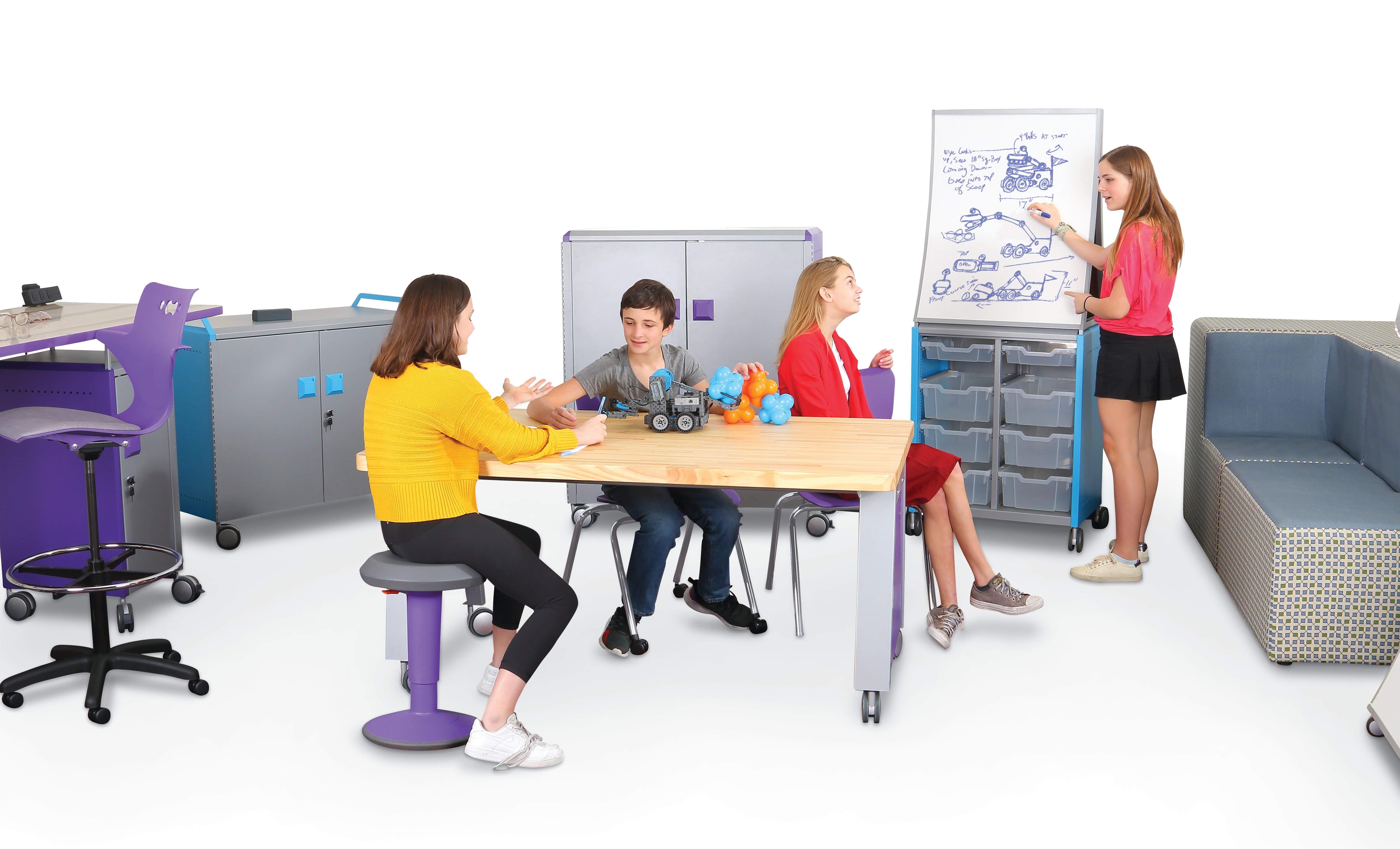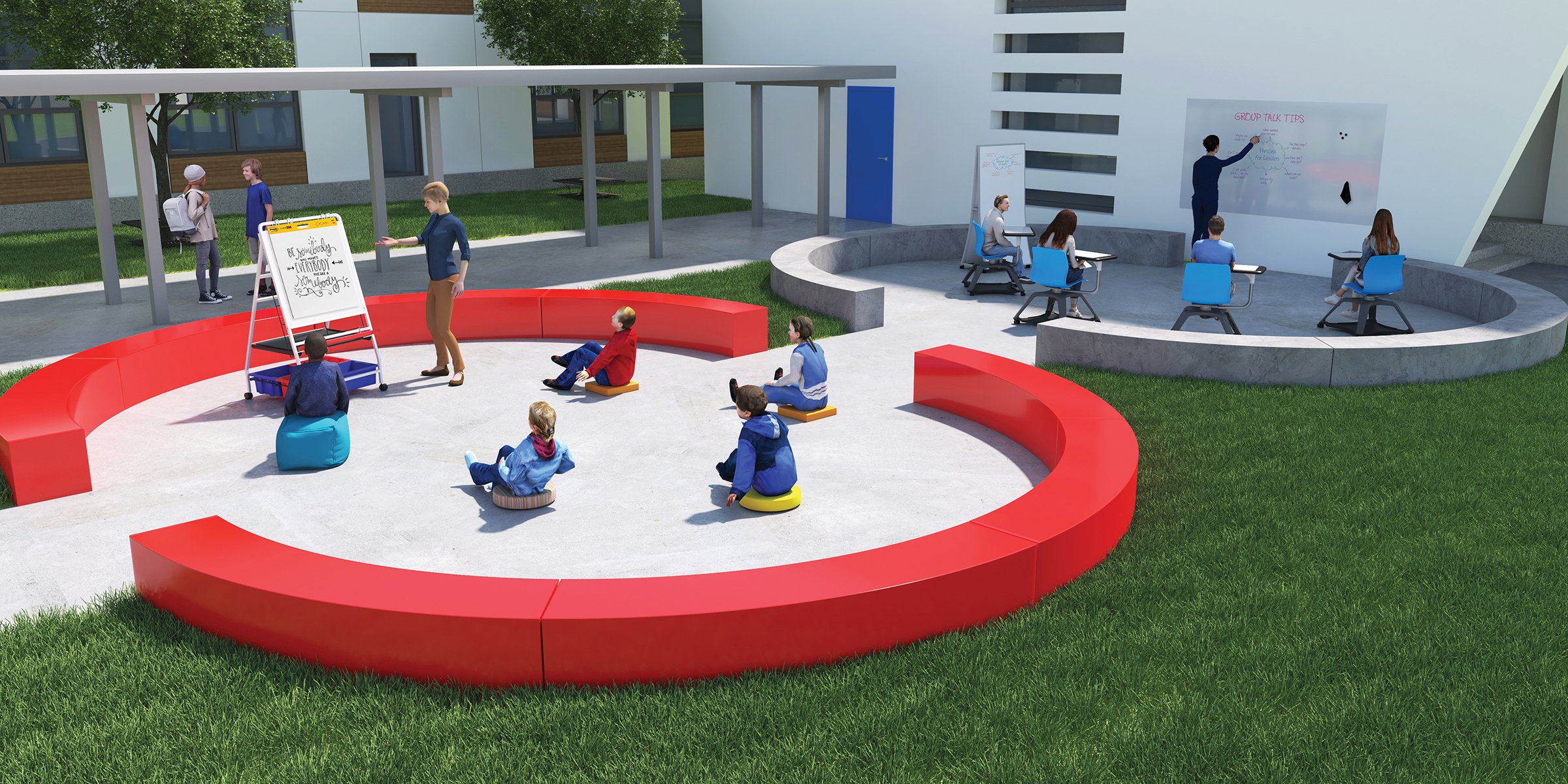How to Accommodate the 10 Styles of Learning in the Classroom
Posted by MooreCo Inc on May 3, 2023 1:57:42 PM
To Thrive is to have all basic needs meant, making happiness and success attainable. If you work in education, you need to understand how unique each student is and how their strengths and weaknesses vary. Every student has their own way of learning and remembering information. We call these learning styles.
It's essential for teachers to be aware of the various learning styles since this allows them to help their students to maximize their strengths and improve their retention of information. All students are unique and possess their own blend of strengths and weaknesses, and this is also true of the way they learn. Therefore, many learners today have multiple or overlapping learning styles.
The ability to learn and remember new information is impacted by the subject matter. It is common knowledge that some people are more successful in creative subjects such as art, design, and photography, while others may be better at practical or analytical subjects like math, engineering, and science. This means that people have different interests and these interests can lead to different learning topics.
10 Learning Styles:
- Physical/Kinesthetic
- Visual/Spatial
- Auditory
- Verbal/Reading & Writing
- Logical/Mathematical
- Musical
- Naturalist
- Linguistic
- Interpersonal/Social
- Intrapersonal/Solitary
1. Physical/Kinesthetic Learning
Physical or kinesthetic learners benefit from engaging in activities that require tactile interaction rather than just listening to lectures or sitting in a class. They are often characterized by being active and energetic, and may find long periods of studying to be overwhelming.
Educators can encourage physical learners to stay engaged by offering chances to move during lessons, like with Dot Rocking Stools, a Hierarchy Rocking Chair, the Soft Sway Rocking Chair, or a Hierarchy Grow Stool®. Physical learners will appreciate having time to move between lessons and eliminating desk clutter to help with concentration. Set them up with Compass Makerspace Tables and Cabinets to keep their space organized. Because they respond to movement, give physical learners standing desks like the Up-Rite Student Desk or the Hierarchy Grow & Roll Desk.
2. Visual/Spatial Learning
For those who learn best through visual means, the use of visual cues such as diagrams, graphs, and maps is beneficial. These learners often possess traits like planning, doodling, and being attentive to detail. Bright colors help them retain information and inspire creativity.
To help these visual learners, strategies like utilizing technology, creating mind maps and flowcharts, and incorporating color coding can be employed. The Ogee Curved Easel can be a great visual communication tool for spatial learners, as well as Hierarchy Shapes Desks and Creator Desks, both with porcelain steel tops that provide a dry-erase surface for writing and erasing. Visual learners will appreciate a magnetic dry-erase space where they can write things down, but also use magnetics to hold diagrams, notes, and assignments; the Platinum Mobile Reversible Board ideally offers a porcelain steel dry-erase surface on one side and a tack board surface on the other. Visual learners thrive on bright colors, which help them retain information and enhance their creativity, so include Visionary® Mobile Glass Boards and Hierarchy Grow & Roll Mobile Magnetic Glass Boards.
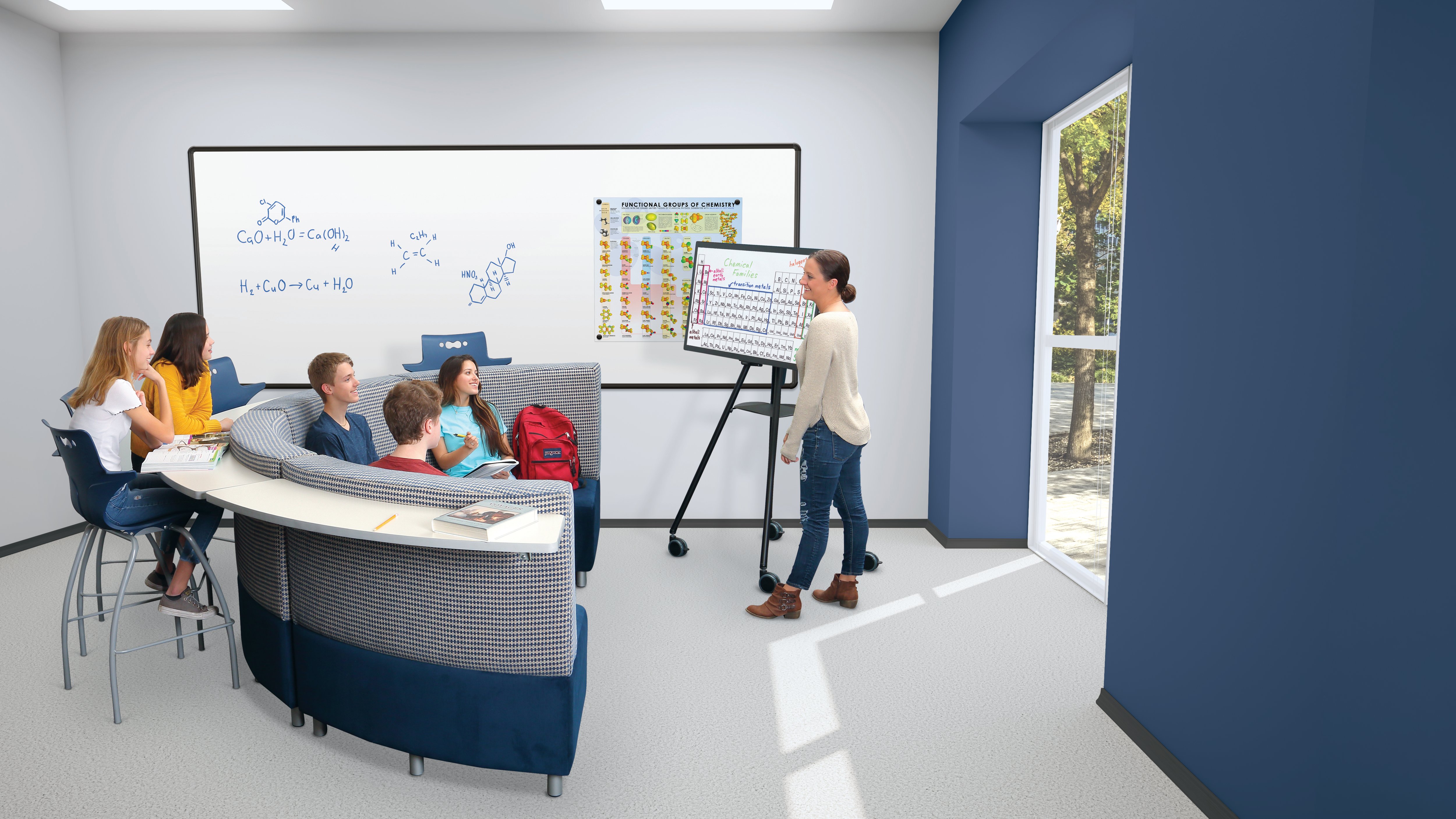
3. Auditory Learning
Auditory learners gain knowledge through hearing or speaking. These learners are sensitive to vocal nuances, and they often find it easier to remember by engaging in conversations and debates. They can be easily distracted, and may even be prone to singing or talking to themselves. Developing listening skills in these type of learners helps fight racial and gender bias in the classroom by encouraging students to learn from each other.
To engage auditory learners, teachers can use different tones and pitches when delivering material and record voice lessons. The MooreCo Cocoon Media Space is ideal for auditory learners, incorporating technology for group presentations. Additionally, having the auditory learners teach other students verbally can be beneficial. Encourage class discussion and debate over Akt Lounge Chairs or Akt Tables. Oral learners will thrive in Orbit wedge seating, which provides a soft cushion for individual work and a ledge to simulate a standing desk. Face Akt Lounge High Back Chairs toward each other to provide the best possible acoustics for listening.
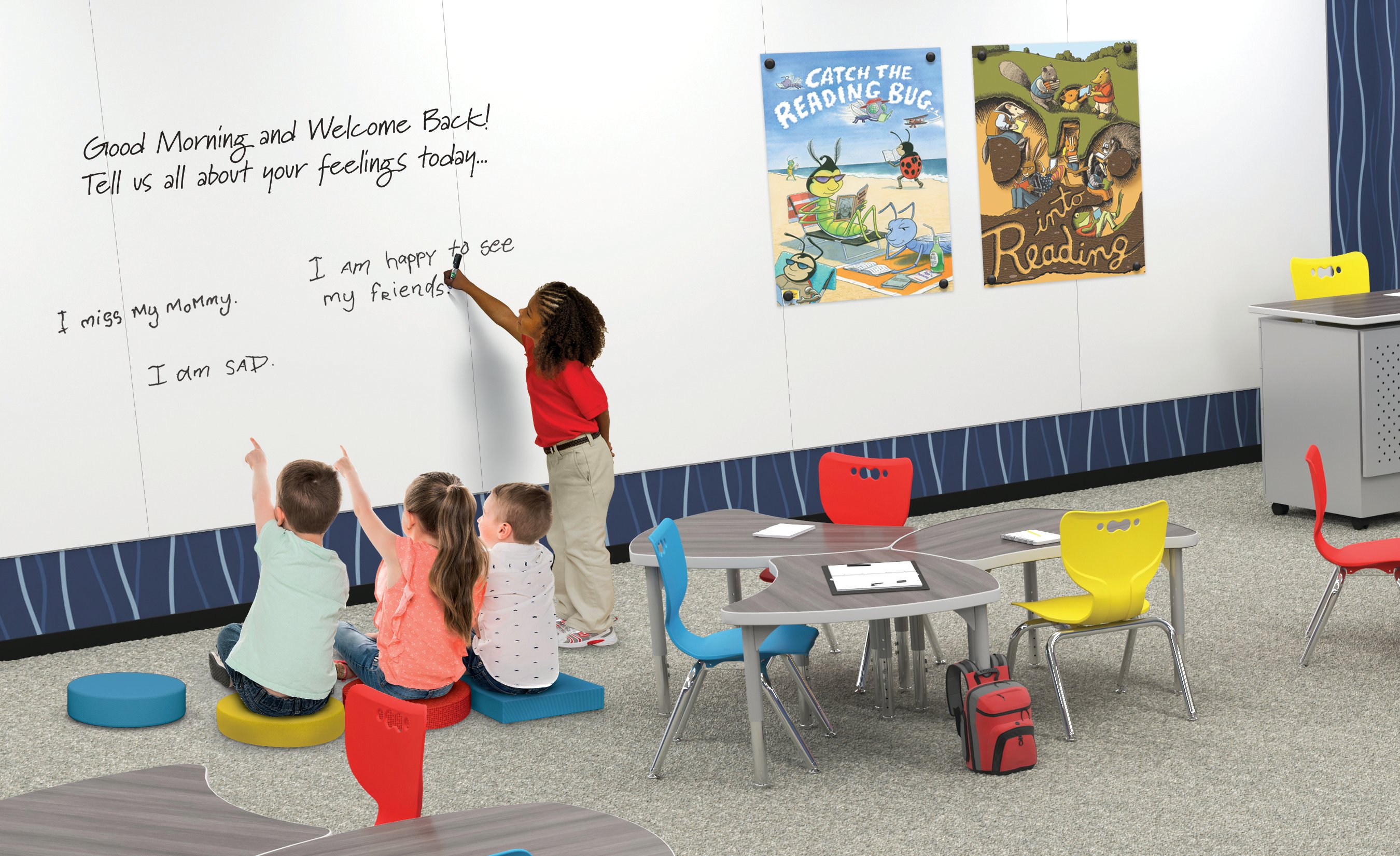
4. Verbal/Reading & Writing Learning
Verbal learners favor more traditional approaches to learning, such as reading multiple texts for comprehension. They tend to have a large vocabulary and may enjoy using tools like acronyms, rhymes, and tongue twisters. It is typical for these types of learners to be avid readers.
To accommodate them, educators can use mnemonics, scripts, and word games like crosswords, through technology like the Interactive Project Board + Whiteboard System. Additionally, they should be encouraged to write and speak their ideas, ideally with a Porcelain Steel Lapboard that can be taken with them, or a dry-erase writing wall. Verbal learners love to read, so make sure Schoolworks Bookcases and Compass Cabinets are available to provide access to printed materials.
.jpg?width=6000&height=3375&name=COTY%202022%20Environment%20-%20Akt%20Tables%20+%20Hierarchy%20Seating%20+%20Liso%20Glass%20Wall%20copy%20(1).jpg)
5. Logical/Mathematical Learning
Individuals who have a preference for logical or mathematical thinking are often able to organize data into distinct groups, and can quickly identify patterns, sequences, and equations. They have a strong aptitude for mathematics and enjoy structure and order.
To appeal to these learners, educators should strive to build a well-structured lesson plan on the Visionary® Curve Colors Mobile Magnetic Glass Board to use manipulatives that help with lesson plans, incorporate statistics into topics beyond mathematics, and draw connections between various elements of different subjects. Compass Porcelain Steel Lapboards are perfect for working out equations, while Hierarchy Creator Desks will help students show their work on the porcelain steel top when solving more complex problems.
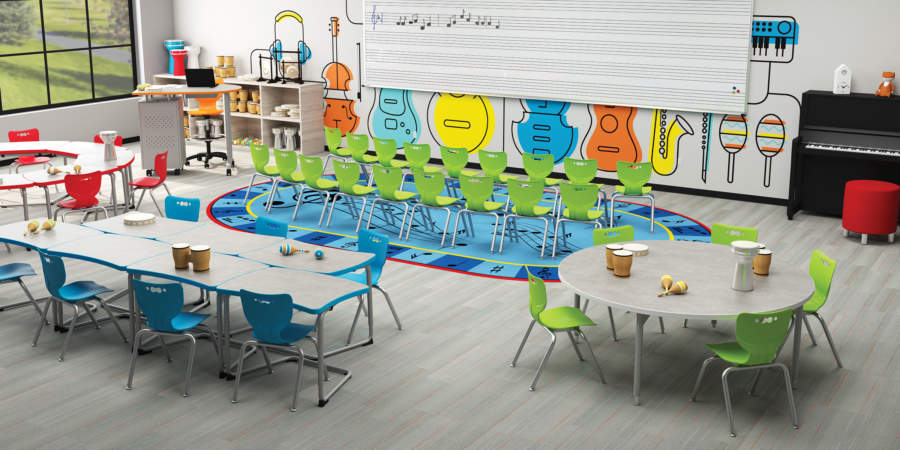
6. Musical Learning
Individuals who are musical learners often thrive in environments with music, beats, and rhythm, and may even think in terms of sound and rhythms rather than words and pictures. In contrast to the majority of people who find music or background noise to be distracting, musical learners tend to learn better in these environments. Usually, musical learners develop into musicians or instrumentalists, but there are many instances where they are a combination of both auditory and musical learning.
Strategies to engage these learners include playing soft background music and utilizing podcasts. To encourage musical careers, the Musical Line Porcelain Steel Whiteboard - Deluxe Aluminum Trim can be used to teach music. Allow music lovers to relax in Beanies while they listen to music and get their work done, or set them up in MooreCo Double Privacy Pods to eliminate outside distractions and allow them to work alongside other musical learners in a designated auditory zone. Compass Cabinets can support a Bluetooth® speaker or music system, and can be moved around the classroom to accommodate musical learners. Because they may enjoy moving to the rhythm, give musical learners the Soft Sway Rocking Chair or a Hierarchy Grow Stool® to encourage motion.
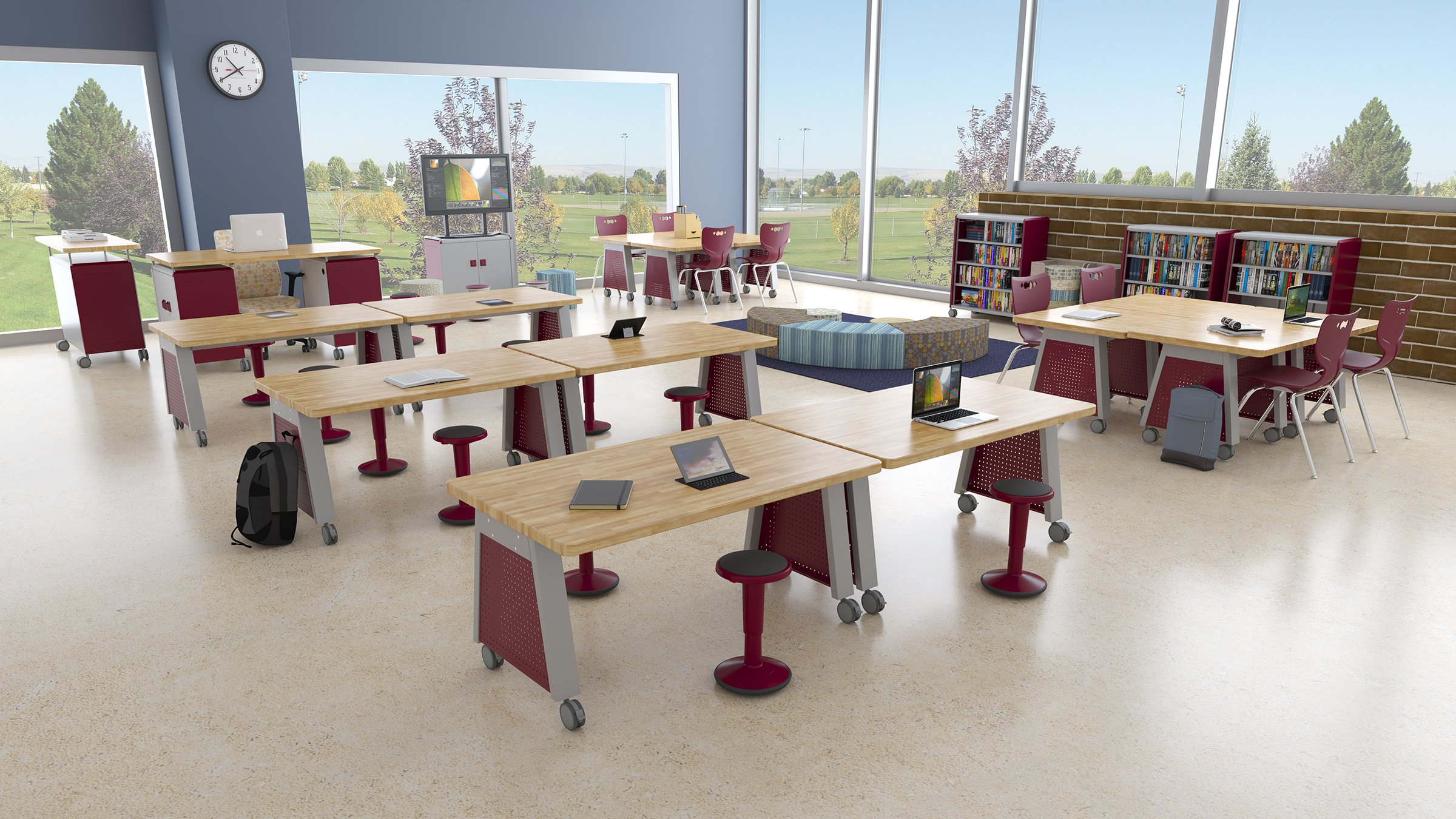
7. Naturalist Learners
Naturalistic learners are those who learn best by doing, observing, and experiencing the world around them. They are often seen as having an affinity with nature, and retain knowledge best when outside, around animals, plants, and other elements of the natural world. These learners also tend to appreciate tactile senses, similar to kinesthetic learners.
To engage this type of learner, incorporate biophilic design in the classroom: natural lighting, plants, open windows, and even a classroom pet! Educators can take them on field trips, conduct lessons outside with Enroll® Tablet Chairs + Hierarchy Shell and a Visionary® Curve Colors Mobile Magnetic Glass Board, and focus on activities that involve getting into nature, such as journaling, drawing, and sketching on Compass Porcelain Steel Lapboards, photographing, or studying natural phenomena. When class is inside, naturalist learners will love learning by doing on Compass Makerspace Tables.
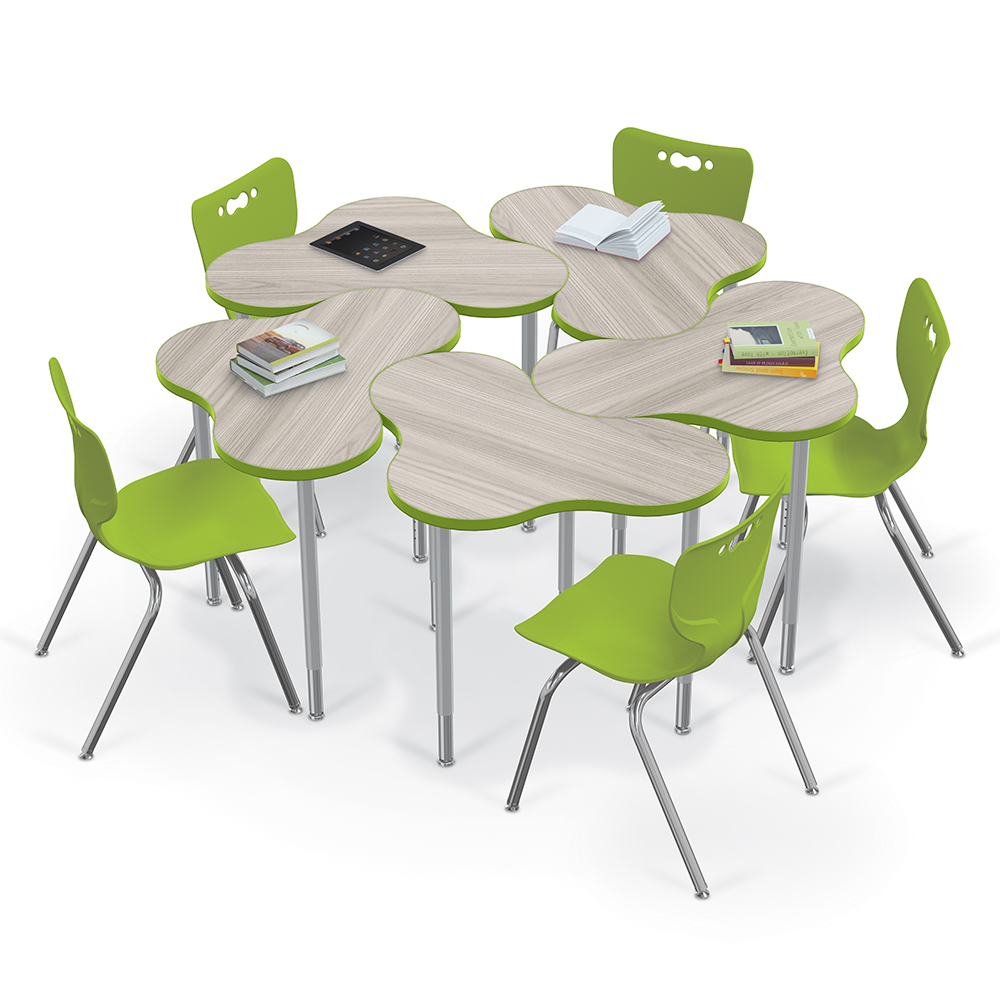
8. Linguistic Learners
Linguistic learners are students who are primarily focused on the written and spoken word. They learn best through discussions, lectures, and reading. They also benefit from activities that involve the creative use of language and the exploration of language through poetry, songs, and stories.
To keep them interested, teachers should encourage them to take part in group discussions and activities, such as brainstorming and debating topics related to the subject matter over communal Akt Tables. Designate an Avid Podium at the front of the class, where linguistic learners can present what they have learned, as well as listen to other students explain new information. Linguistic learners should be given opportunities to explore and discover new and interesting words through a variety of activities. Hierarchy Cloud 9 Desks with a markerboard surface helps students organize different messages in the various circles of the desk shape. Avoid using too many diagrams and monotonous tone; instead use verbal methods with different pitches, voices, and characters to engage them.
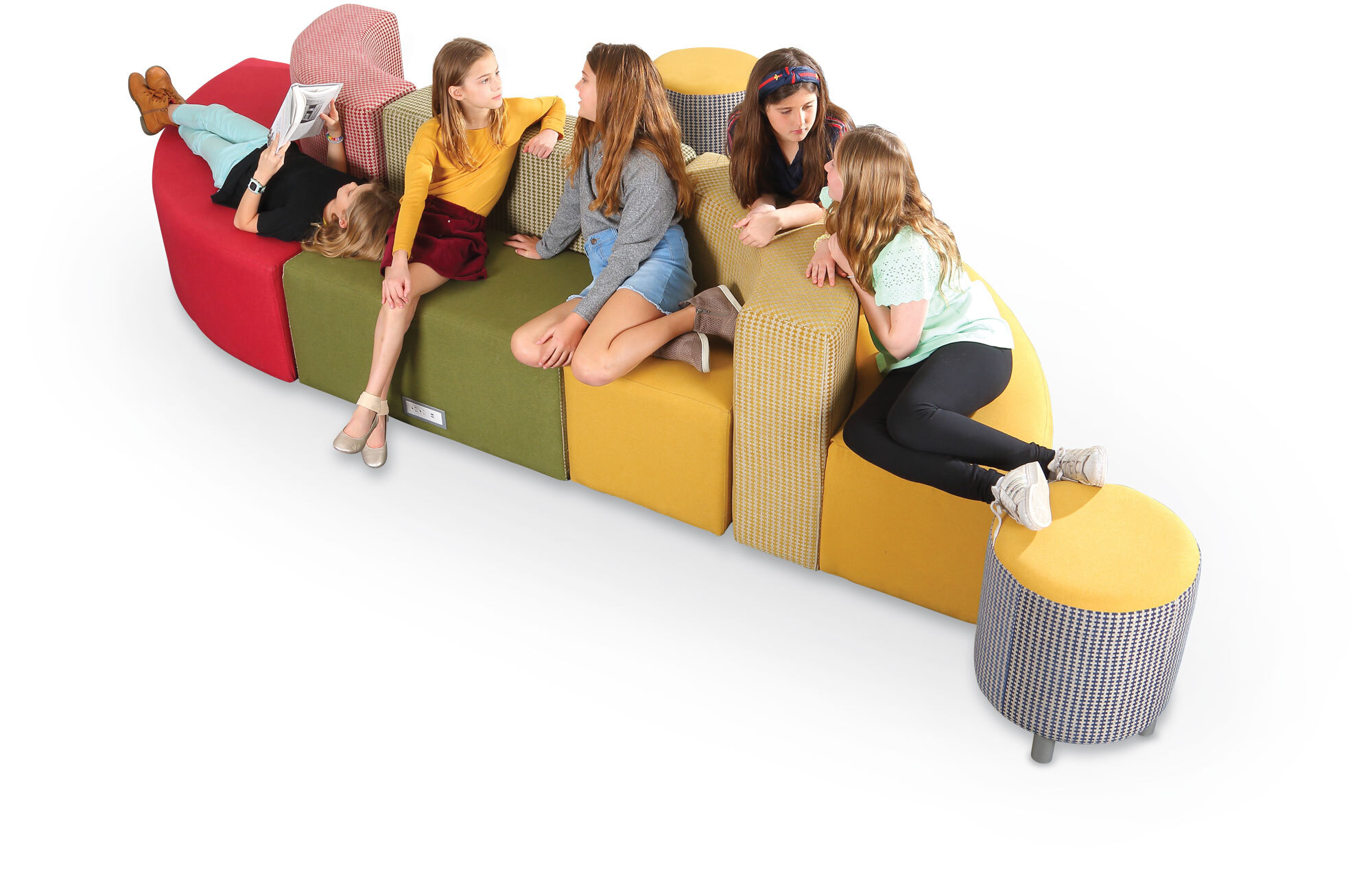
9. Interpersonal/Social Learners
Social learners learn best in a social setting, such as through collaborative activities, discussions, or peer-to-peer learning. In the classroom, it is important to provide a variety of learning opportunities that engage and motivate social learners. This kind of education may be similar to, or even overlap with, the other learning styles mentioned above.
One way to engage social learners in the classroom is to create small groups or pairs for activities by fitting Hierarchy Shapes Desks together or letting students gather in an informal setting through Beanies or Akt Lounge. This encourages collaboration, communication, and problem-solving skills. Additionally, having open discussions, debates, and even role-playing activities can help social learners explore different ideas and perspectives. Figure out their adjacent learning style and inculcate those strategies, as well.
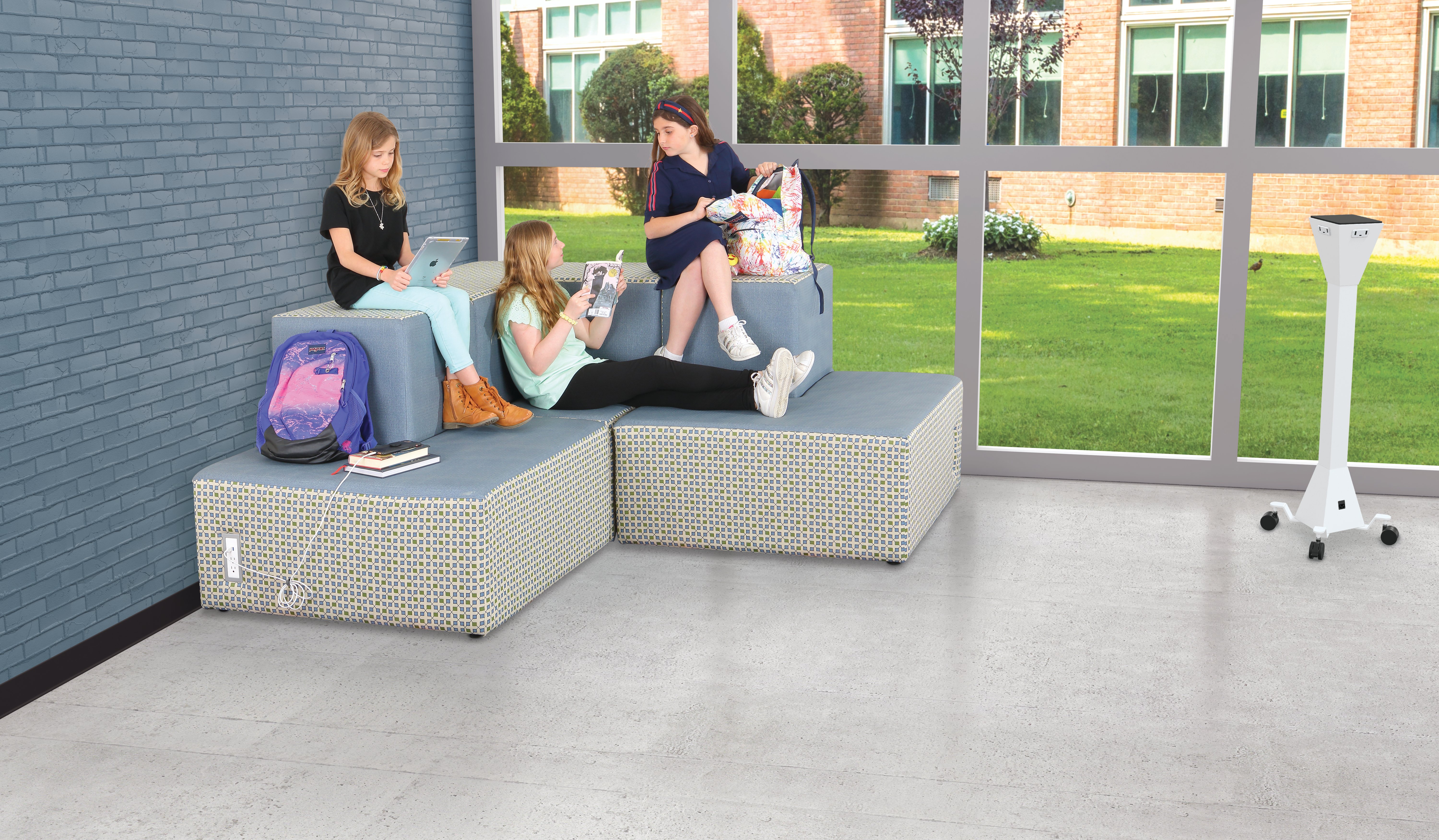
10. Intrapersonal/Solitary Learners
Solitary learners are students who prefer to work independently. They are often self-motivated and prefer to take initiative, rather than be told what to do. It can be a challenge to engage these students in the classroom. They may sit at the back of class and prefer to be with their own thoughts rather than engage with other students. They are independent and introspective by nature.
One way to engage solitary learners is to give them opportunities to lead and take initiative. Assign them tasks that require research and independent thought, and give them Soft Sway Rocking Chairs, Elevate soft seating, or Beanies to do their deep thinking or reading. Encourage them to think critically and come up with their own solutions. Designate a quiet area with MooreCo Privacy Pods or Akt High Back Seats and provide them with the resources and support they need, but allow them the autonomy to complete tasks and projects on their own. Their adjacent learning style may be helpful to learn in order to find strategies that work.
Topics: Back-to-school, Thrive, Learning Styles, Educators

